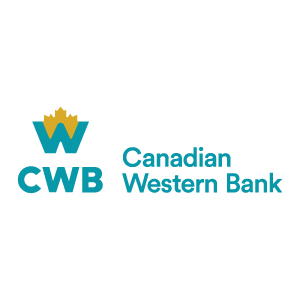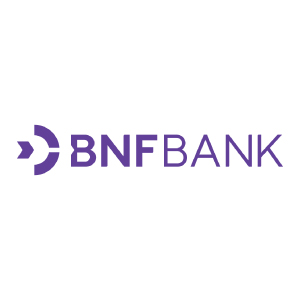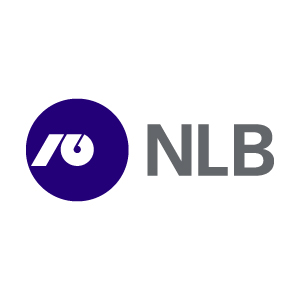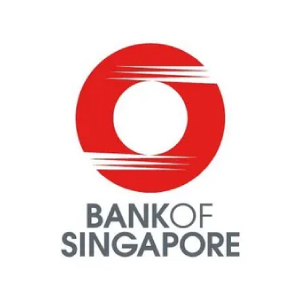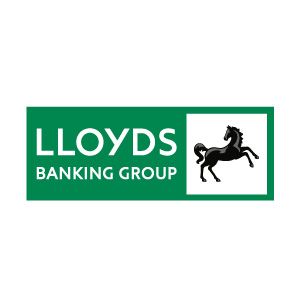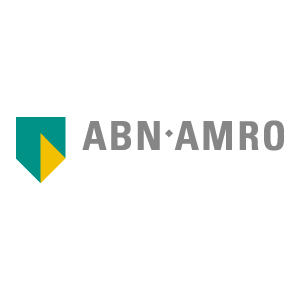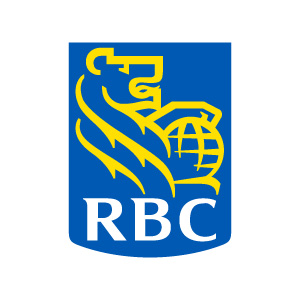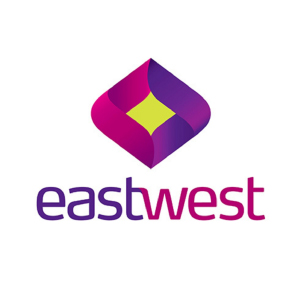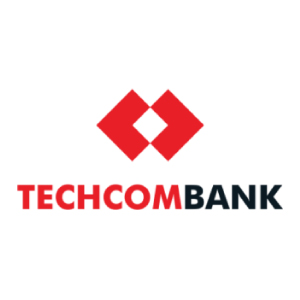In today's world of asset management, having accurate and transparent data has become extremely important. Increasing competitiveness and squeezed profit margins are driving investment firms to seek ways to improve their operations and meet the demands for accuracy and transparency. A critical aspect of this process is reconciliation, which ensures that the data recorded and used is consistent and accurate.
Reconciliation is about dealing with discrepancies between two sets of files. For an investment manager, this usually means comparing the custodian’s records with its own data. The custodian’s records focus on accurate cash recording and securities settlement, while the investment manager’s records focus on accurate trade management and performance measurement.
The reconciliation process ensures that the records of these two sources are aligned and that any discrepancies are effectively addressed. This is necessary to ensure data integrity, which in turn supports the accuracy of the information used to make investment decisions.
The reconciliation process is complicated by the presence of multiple file sources. In the investment management sector, these sources include the custodian, the fund manager and the investment firm itself. Each of these sources has different needs and purposes for recording data.
- Custodian: Focuses on accurate cash recording and securities settlement.
- Fund Accountant: Focuses on recording transactions and ensuring that the data is sufficient to estimate the net asset value (NAV).
- Investment Manager: Focuses on accurately managing transactions and measuring performance.
The differences in the purposes and needs of these sources make reconciliation a challenging process.
For a file to be considered ‘fully reconciled’, all discrepancies between different data sets must be addressed. This means that the investment manager’s records must be reconciled with those of the depositary and the fund manager. This process involves comparing and contrasting data, identifying discrepancies and addressing those discrepancies.
Data reconciliation is not just a matter of harmonisation between two sets of files. It is an ongoing process that requires constant monitoring and updating of the data. A single reconciliation error or delayed data feed can cause a number of issues: traders executing on incorrect position data, compliance teams working with outdated information, and risk managers working with inaccurate portfolio views.
Technology plays a key role in this process, providing the tools and platforms that enable automated and efficient data reconciliation. For a file to be considered “fully reconciled”, all discrepancies between different datasets must be addressed. This means that the investment manager’s records must be reconciled with those of the depositary and the fund manager. This process involves comparing and contrasting data, identifying discrepancies and addressing those discrepancies.
The biggest threat facing accountants is errors in net asset value (NAV). These errors can arise mainly from errors in cash reconciliation. Manual cash reconciliation increases these risks, especially given the complexity of modern securities. Automating cash reconciliation is essential to reduce risks also improves accuracy, enables informed investment decisions and enhances investor confidence. An automated process ensures consistency and reduces overall risk exposure, positioning fund managers for growth.
Regulatory Risk
Relying on spreadsheets for data reconciliation poses significant regulatory risks. Regulations such as Dodd-Frank, EMIR, MiFID II, Basel III, and SOX mandate fund and investment firms to maintain accurate, transparent, and auditable recordkeeping. However, spreadsheets lack built-in audit trails and robust control mechanisms, making compliance challenging and increasing the likelihood of fines, penalties, reputational harm, or legal consequences.
Transform your reconciliation process with Validata
Validata’s ConnectIQ platform allows for real-time, AI-powered, end-to-end reconciliations from multiple sources. A data and system agnostic platform that not only reduces the human factor and potential errors, but also improves the accuracy and transparency helping investment managers achieve a fully reconciled state on a daily basis.
The platform enables clients to maintain the accuracy and transparency of their data without burdening their human resources through automated comparison and three-way reconciliation of custodian, fund manager and investment office data. Through this process, they will be able to reduce discrepancies and ensure that the records of the three sources are aligned on a daily basis. This leads to improved data accuracy, increased transparency and better support for investment decision making.
Reconcile with AI Precision at Scale
By Adopting AI-powered reconciliations, Fund and Investment management firms can benefit from:
- Accuracy and Data Integrity: The reconciliation ensures that data is accurate and consistent, supporting better investment decision-making.
- Increased Transparency: Data transparency is enhanced, which is critical for compliance with regulatory requirements and customer confidence.
- Operational Efficiency: AI-powered, Automated reconciliation reduces the need for human intervention, reducing costs and improving efficiency.
- Compliance: Data accuracy and transparency help investment managers comply with increasing regulatory requirements.
In today’s environment, where compliance requirements and regulatory controls are constantly increasing, timely, accurate and accessible information will continue to be a hallmark of successful companies. Investing in Ai-powered reconciliation technology is not just an option, but a necessity to achieve operational excellence and business success. An automated process ensures overall consistency and reduces risk exposure, positioning fund managers for growth.



